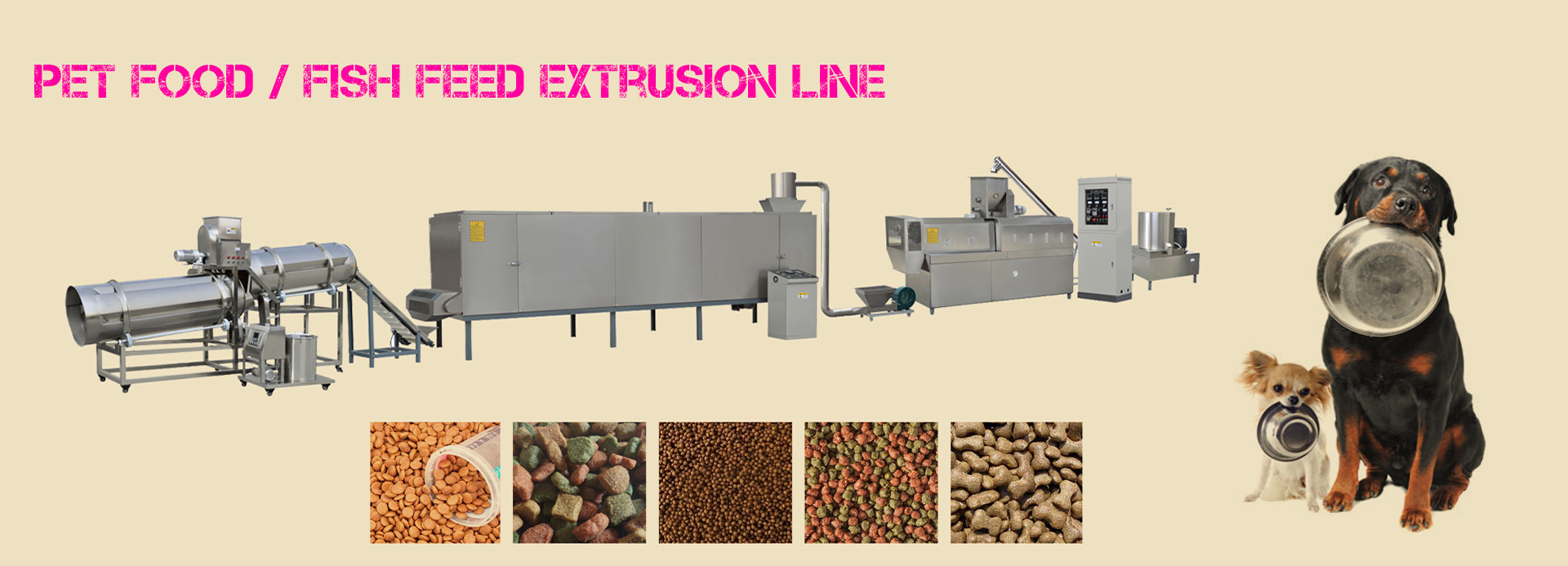A step-by-step guide with photos.
Making pasta by hand is as satisfying as fooling around with Play-Doh. It’s an enjoyable group dinner activity, too. Here, we walk you through every single pasta making step, from making the dough to cooking it.
Pasta Making Tools
Pasta Machine
Pasta Maker Machine Hand Crank
Pasta Roller Attachment
KitchenAid Stand-Mixer Pasta
Ravioli Press and Roller Set
Bellemain Large Ravioli Maker
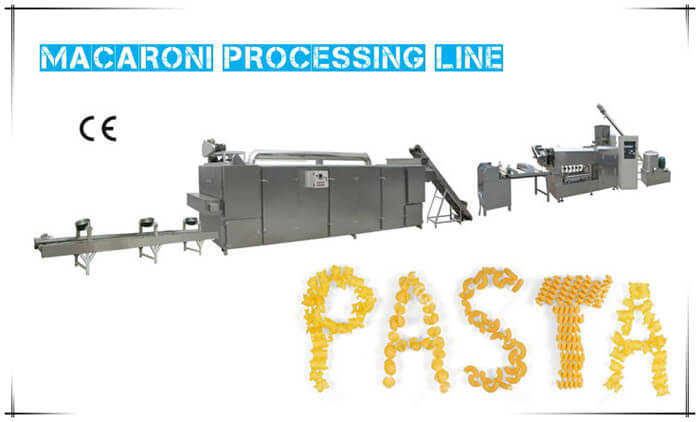
The Best Flour for Pasta
The answer to this question depends in large part on which type of pasta you're making.
All-purpose flour is a totally viable option for pasta making. So too is bread flour. You’ll simply have to mix in egg to add protein to the mixture (for pasta to keep a shape and have an al dente texture when cooked, the dough must contain starch and protein). Additionally, you will have to knead the dough a little longer to activate the gluten and achieve smooth, elastic results.
00 flour is made from durum wheat that’s finely ground into a powder. It has less protein than semolina flour and makes for a soft dough that’s ideal for recipes like tagliatelle, ravioli, and linguine. If you can’t find it in your supermarket you can sub in soft wheat flour.
Semolina flour is milled from durum wheat as well. It’s coarser and higher in protein than 00 flour, making it less elastic. It’s best for pastas that need to maintain their grooves and ridges when cooking, such as rigatoni or penne.
Pasta flour blends are also available. For example, King Arthur Baking Company sells one that combines durum flour, semolina flour and all-purpose flour. This type of blend can be used to make any pasta.
How to Make Pasta
Here, we walk you through how to make pasta with all-purpose flour.
Mix the Flour and Eggs
First, mound the flour and salt in the center of your cutting board or bowl. Make a well in the middle and beat your eggs and add them to the well. If your recipe calls for olive oil in the dough, add it now. Use a fork to bring the dry ingredients into the wet, starting with the inner rim of the well. Keep bringing more flour into the egg mix in the middle until all the egg is completely absorbed.
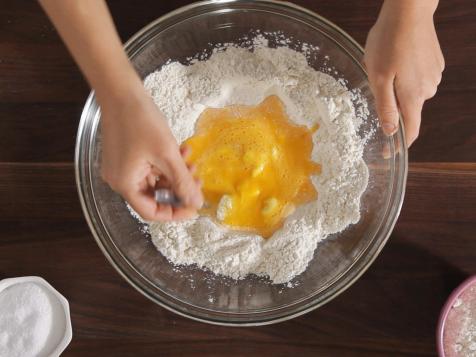
Knead the Pasta Dough
The dough will form a shaggy mass. Using your hands, pull the dough together, mixing the sticky pieces with the dry. If the dough is very sticky, add a little flour at a time until it’s kneadable. If it’s dry, gather the wettest parts and leave the driest bits off to the side. Form a ball and start kneading it with the heels of your hands. Use flour sparingly or the pasta will be tough.
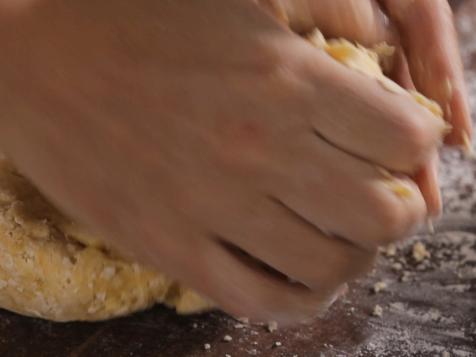
Rest the Dough
Once the surface of the dough is slightly smooth and still a little tacky, form a ball and wrap it in plastic wrap. Let it rest at room temperature or in the refrigerator for 30 to 45 minutes. While the dough rests, the starch in the flour will absorb water from the egg and the gluten will relax a bit.
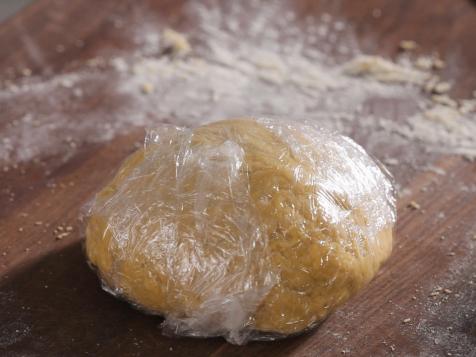
Set Up Your Pasta Maker and Workstation
While the dough rests, ready the rest of your workstation. If you’re using a hand-crank pasta machine, be sure it’s securely clamped to the counter. If you have an electric pasta roller, check to be sure you don’t have long sleeves or hair that could get pulled into the machine. Set the pasta roller to the widest position.
You’ll need a place to put your pasta once it’s rolled. For cut pasta like pappardelle or fettuccini, sprinkle sheet trays with either cornmeal or rice flour to keep the pasta from sticking together after it’s cut and before it goes in the pasta pot. Cornmeal and rice flour may stick to the pasta a bit, but when you drop the cut pasta into the simmering water, both grains will fall off the noodles and sink to the bottom of the pot, their job is done.
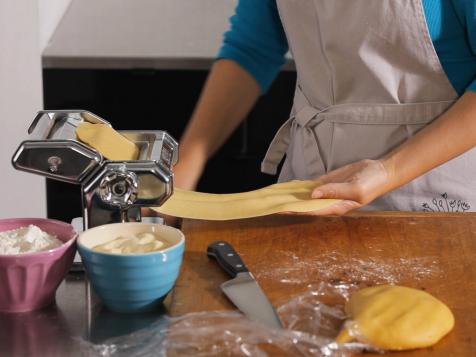
Pass the Dough through the Pasta Maker to Knead It a Second Time
Several passes through widest setting of the pasta maker is a fast and easy way to knead your dough a second time.
Divide the dough into slices. Work with one section at a time and cover the rest. Coax the dough through as you turn the crank on the widest setting. Once the dough has gone through the machine, fold it in thirds like you’d fold a letter going into an envelope. Roll the dough through the machine at the wideset setting again, with the folded edges pointing to the sides of the rollers rather than straightforward (otherwise you’ll get an air bubble that will pop and make a hole in the dough). If the dough comes through the machine shaggy, with big dimples and some holes, that means it’s too wet. Dip the dough in flour and fold it in thirds again. Continue to roll and fold in thirds until the dough is silky smooth, dipping in flour with each pass if you continue to see shaggy holes.
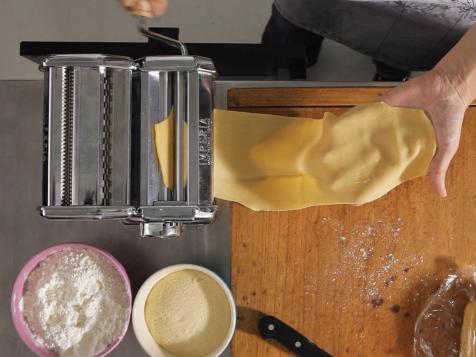
Roll the Dough to Desired Thickness
Now that the dough is fully kneaded, you’ll need to run it back through the pasta machine a few more times. Each time you roll the dough through the machine, you’ll be moving the rollers closer together until you get the thinness you need (your recipe should specify).
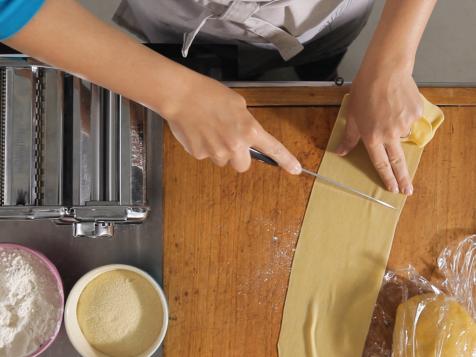
Hand-Cut the Pasta Dough
At this point, the rolled out pieces of dough are perfect for lasagna or any hand-cut pasta like pappardelle. Cut the pasta as soon as it’s rolled and place it on the trays prepped with cornmeal or rice flour. For ravioli, it’s important you work quickly so the pasta sticks to itself when it’s filled and crimped. Cook the pasta that day or freeze it by sprinkling more cornmeal or rice flour on it and putting it in zip-top bags.
How to Cook Fresh Pasta
Fresh pasta cooks much faster than dry pasta, and therefore, you’ll want to use a pasta pot with a strainer insert (called a pentola) if you have one. A pentola will allow you to lift the pasta out of the boiling water quickly, leaving all the cornmeal or rice flour behind at the bottom of the pot. For even more info on cooking fresh past, check out our step-by-step guide with more pasta pictures: How to Cook Italian Pasta: A Step-by-Step Guide.
1. Fill the pot with water and bring it to a simmer. Fresh pasta is more fragile than dried pasta so you’ll want to simmer it, not boil it.
2. Drop your pasta into the water and simmer it until it’s your desired level of chewiness, 3 to 5 minutes.
Fresh Pasta Recipes
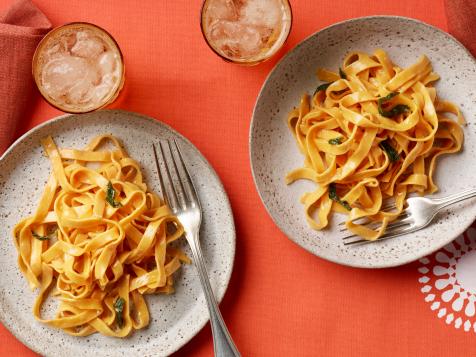
Pumpkin Pasta
Creamy pumpkin and flour come together in a food processor to make Pumpkin Pasta. Sage Butter is the perfectly simple sauce to serve with it.
Fresh Pasta with Parmesan Butter Sauce
Billows of fresh pasta don’t need to be finished with much, just butter and freshly grated Parmesan.
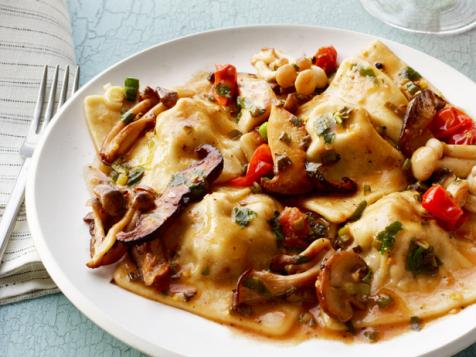
Bacon Ravioli With Mushrooms
This dough comes together in a food processor. You’ll fill the pasta sheets with a mixture of ricotta, gruyere, leeks and bacon, then cut ravioli with a pizza wheel (brilliant).
Fresh Pasta con Vodka Sauce
Here, a fresh pasta recipe that instructs you on how to roll out semolina durum flour-based roll with a rolling pin, no pasta maker required.
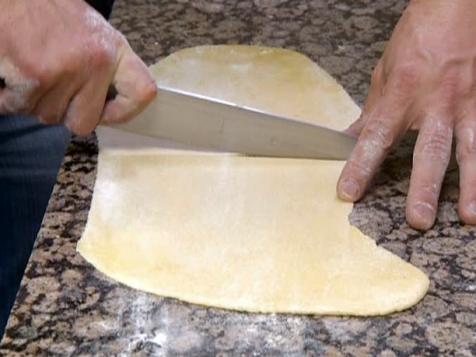
Toasted Ravioli and Basic Ravioli Dough
After you make the ravioli, you bread and fry them. Why are fried ravioli called toasted ravioli? You’ll have to ask someone from St. Louis. Either way, they’re addictive.


















